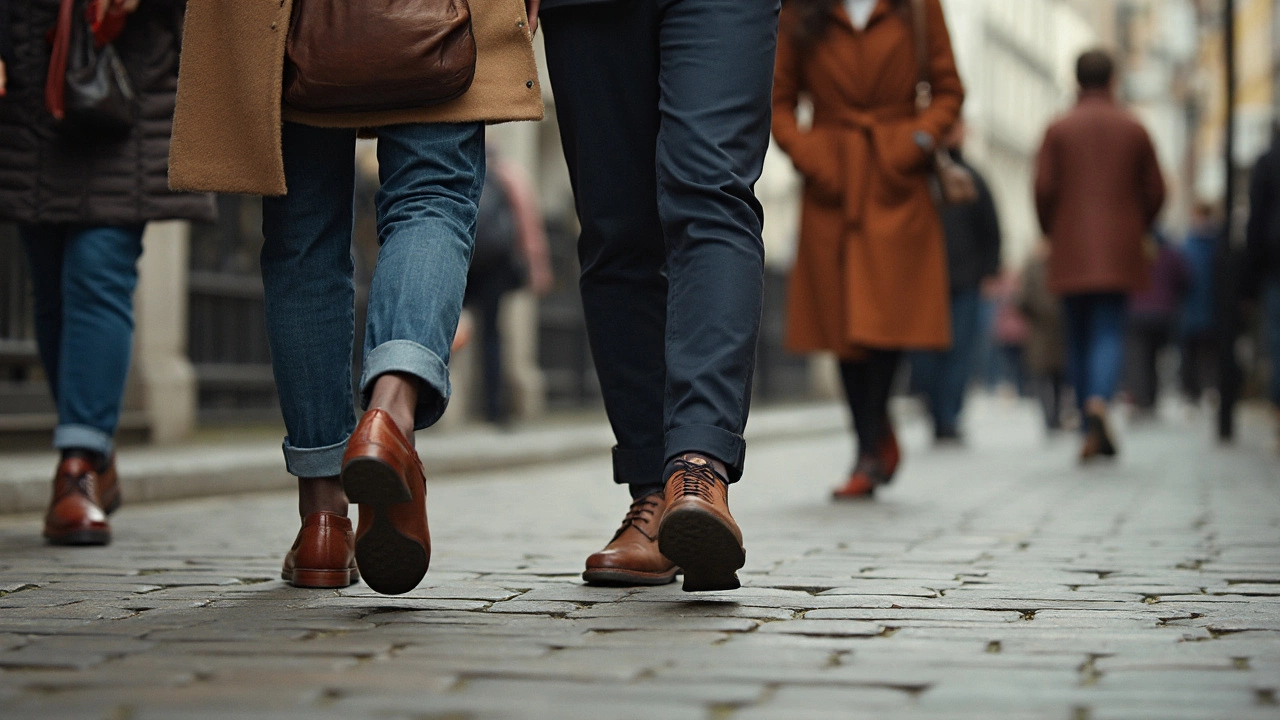Shoe Material Guide: What Every Shopper Should Know
When you shop for shoes, the material matters more than the brand name. The right material can make a pair feel comfy, last longer, and look better with your outfits. Below we break down the most common shoe materials, what they’re good for, and how to care for them.
Common Shoe Materials and Their Benefits
Leather – Full‑grain or top‑grain leather is tough, molds to your foot, and gets better with age. It’s great for dress shoes, boots, and high‑end sneakers. Look for a smooth grain if you want a polished look, or a nubuck finish for a softer feel. Leather needs occasional conditioning to stay supple.
Artificial leather (PU/Vinyl) – These syntheses mimic real leather at a lower price. They’re water‑resistant and easy to wipe clean, but they don’t breathe as well. Ideal for budget shoes or fashion pieces you don’t plan to wear daily.
Canvas – Lightweight, breathable, and cheap. Canvas works well for casual sneakers and summer shoes. It socks up quickly, so it’s perfect for warm weather, but it can soak up liquid and stain.
Knit or mesh – Modern athletic shoes use knitted uppers that hug the foot and move with you. They’re super breathable and flexible, making them great for running or all‑day wear. Keep them away from harsh chemicals to avoid tearing.
Suede – A type of leather with a soft, fuzzy surface. Suede looks stylish with casual outfits but hates water. A quick brush with a suede brush can lift the nap and keep it looking fresh.
Rubber – Used for soles and sometimes the entire upper in rain boots. Rubber offers grip and waterproofing. It can get stiff in cold weather, so choose a flexible formula if you’re in a chill climate.
Choosing the Right Material for Your Lifestyle
Think about where you’ll wear the shoes most. If you’re on your feet at work, a leather shoe with good arch support will handle the wear. For gym sessions, a knit or mesh sneaker gives the breathability you need.
Consider the climate. In rainy areas, waterproof leather or rubber‑coated shoes keep your feet dry. In hot zones, canvas or knit options let sweat evaporate.
Budget matters too. Synthetic leather gives a leather look without the price tag, while genuine leather can be an investment that lasts years with proper care.
Style preferences also play a role. Suede adds a relaxed vibe, perfect for weekend brunches, whereas sleek leather fits office dress codes.
Lastly, think about sustainability. Some brands now use recycled polyester mesh or plant‑based leather alternatives. If eco‑friendliness is a priority, look for certifications like Global Recycled Standard.
Quick care tips: leather – clean with a damp cloth, condition monthly; canvas – hand‑wash or machine wash on gentle; knit – spot‑clean, avoid high heat; suede – brush, use a protective spray; rubber – wipe with soapy water, keep dry.
Picking the right shoe material boils down to comfort, durability, and how the shoe fits your day‑to‑day life. Use this guide to match material to activity, climate, and budget, and you’ll get shoes that look good and feel great for longer.
-
Glossy Patent Leather on Shoes: What Is It Called?
Learn what the shiny, mirror‑like material on shoes is called, how patent leather is made, how it differs from other leathers, and how to care for it.
-
Are Leather Shoes Better for Feet? Real Benefits Explained
Leather shoes have been a popular choice for generations, but are they actually better for your feet? This article breaks down the honest pros and cons of leather shoes, including breathability, fit, and durability. You'll learn why leather often outperforms other materials when it comes to comfort and foot health. Discover real-life tips for choosing the right pair and caring for them. By the end, you'll have a clear, no-nonsense idea about whether leather shoes really are the healthier pick for your feet.

